Common comparison charts include line charts, pie charts, bar charts, radar charts, etc. We need to choose the appropriate type based on the characteristics and application scenarios of different comparison charts.

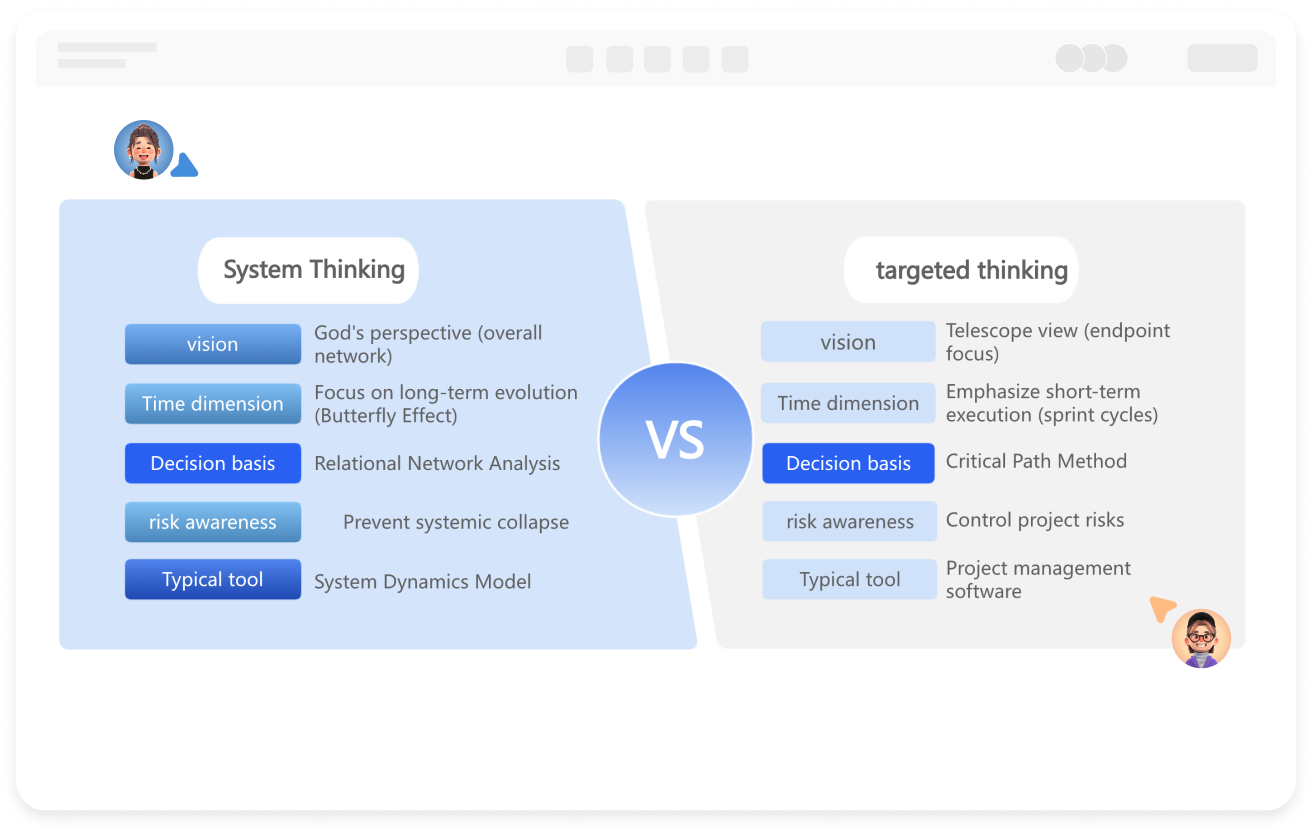


Comparison charts, also known as comparative charts, focus on transforming abstract data into an easily understandable visual language through graphical means. They visually display the differences, similarities, or trends between two or more datasets.
ProcessOn supports online creation of comparison charts and offers a large number of templates and examples for easy replication, allowing you to easily draw professional and aesthetically pleasing comparison charts.
Supports real-time multi-user co-creation with shareable links for instant information transfer
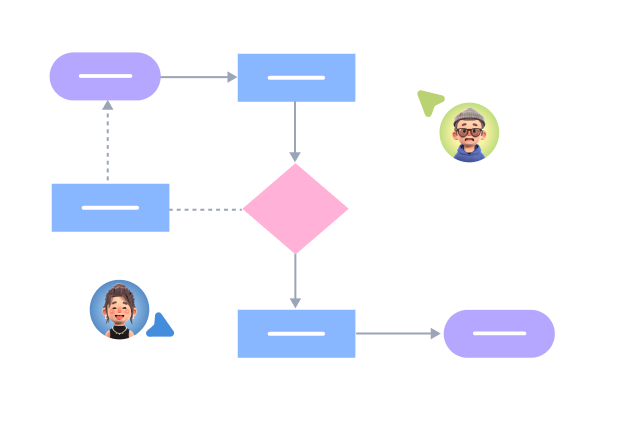
Automatically generates graphics from text input and applies style enhancements

Prebuilt themes with full customization for personalized designs

Supports icons, images, labels, LaTeX formulas, code blocks, links, attachments and more
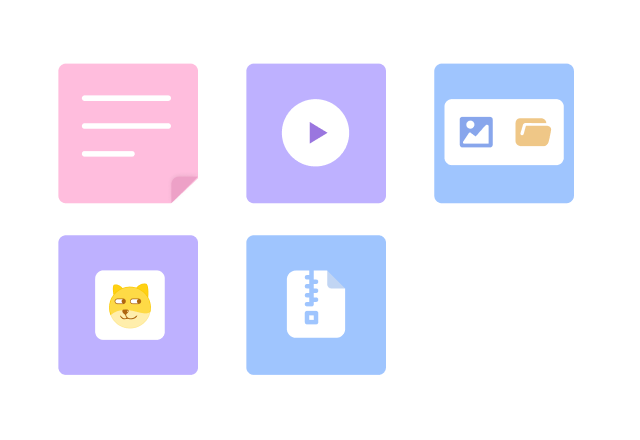
Export: PNG, VISIO, PDF, SVG | Import: VISIO, Mermaid

Real-time cloud storage, multi-device sync, version history, and secure data protection
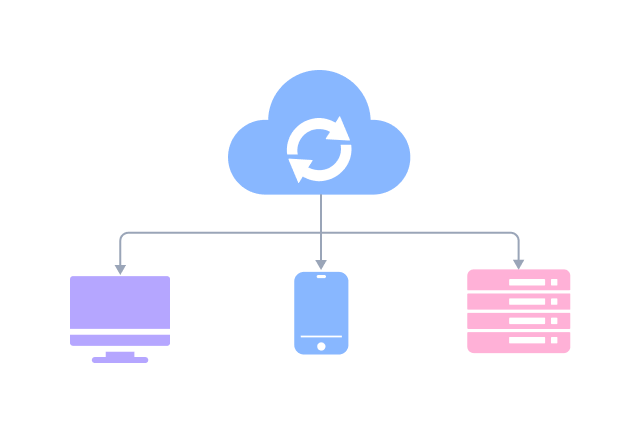
Common comparison charts include line charts, pie charts, bar charts, radar charts, etc. We need to choose the appropriate type based on the characteristics and application scenarios of different comparison charts.
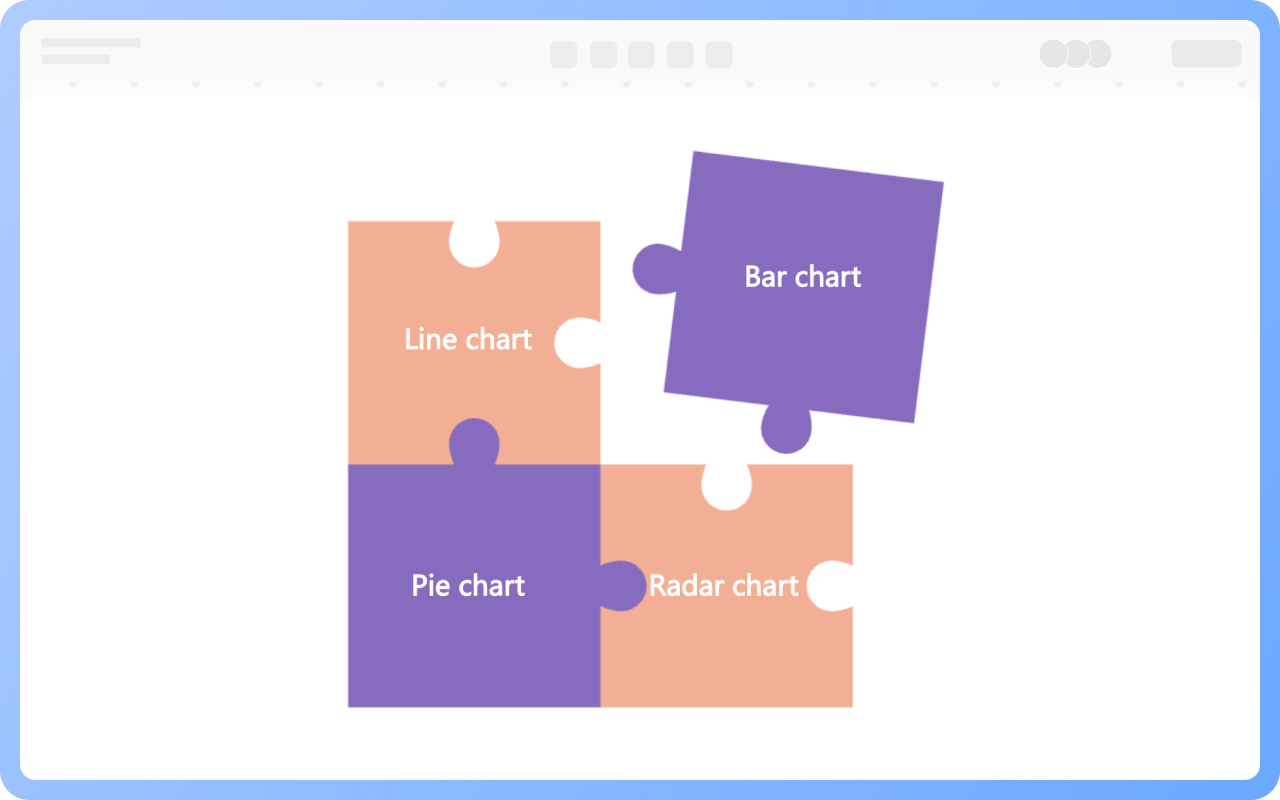
Line Chart: Used to visually display the quantity comparison between different categories of data.
Bar Chart: Highlights the trend of data changes over time or other continuous variables.
Pie Chart: Used to display proportion data, emphasizing the proportional relationship of each part in the whole.
Radar Chart: Suitable for multi-dimensional data comparison, can visually reflect the strengths and weaknesses of each dimension.

Data Series: The datasets to be compared in the chart, comparison charts usually include two or more data series.
Legend: Used to explain the meaning represented by different data series, generally distinguished by elements such as colors and lines.
Title and Labels: The title summarizes the theme and purpose of the chart, labels are used to explain the axes, data series, and data point annotations in the chart.
Axes: Essential elements of bar charts, line charts, etc., but not essential for all comparison charts.
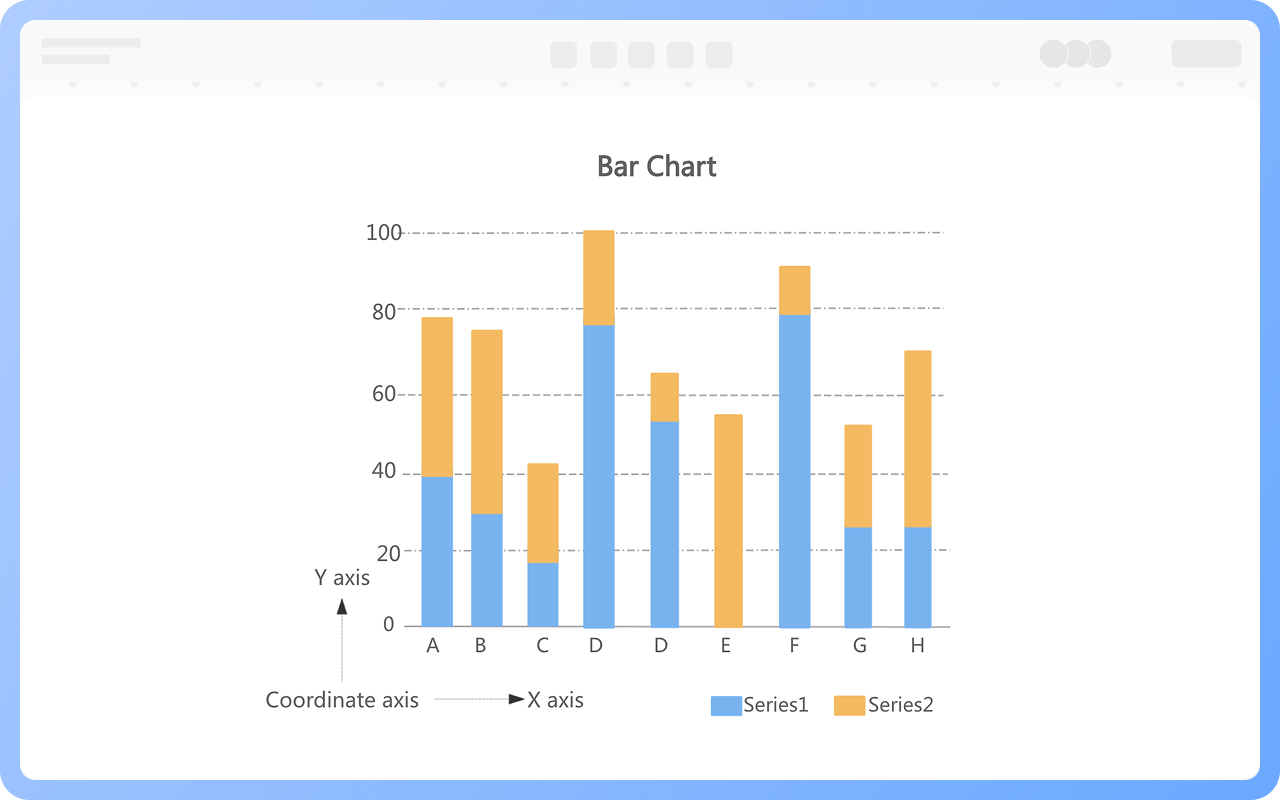
Business Analysis: Bar charts or line charts can be used for comparing market share, evaluating sales performance, financial analysis, etc., helping managers understand the business operation status for decision-making.
Academic Research: In scientific experiments, scatter plots or line charts can be used to compare experimental data, radar charts can be used for model evaluation.
Social Statistics: Bar charts can be used for population statistics comparison, line charts can analyze economic indicators, monitor environmental quality, etc.

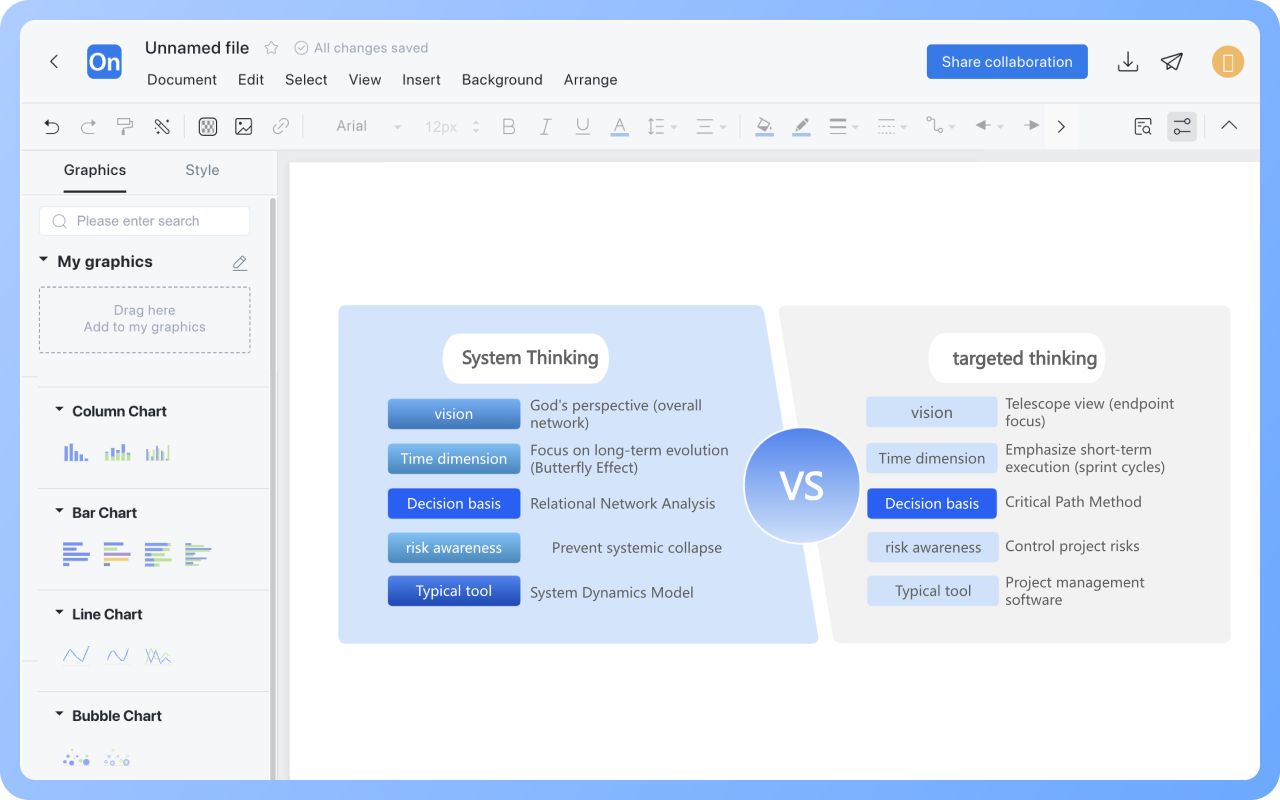
A line chart can be used when you want to visually display the quantitative comparison between different categories of data.
A bar chart can be used to highlight the trend of data changes over time or other continuous variables.
A pie chart can be used when you want to display proportion data, emphasizing the proportional relationship of each part within the whole.
It is suitable for multi-dimensional data comparison, providing a clear reflection of the strengths and weaknesses of each dimension's indicators.
Drag the "Text" shape from the "Basic Shapes" in the right graphic area to the top of the comparison chart, and double-click to set the title.
Click the "Download" button in the upper right corner to export the comparison chart as PNG, JPG, PDF, and other formats.